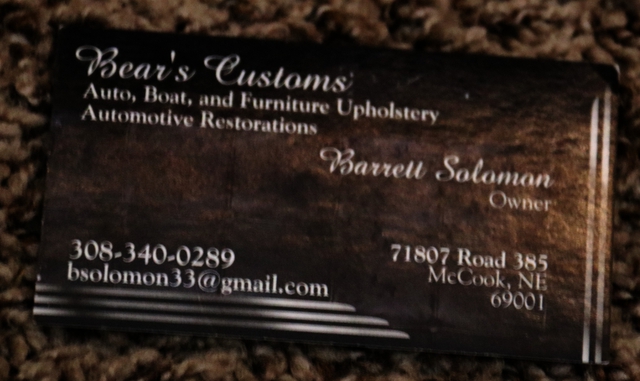Revive Your Beloved Furniture with Professional Upholstery Repair
Revive Your Beloved Furniture with Professional Upholstery Repair
Blog Article
Uncover Top Tips for Furniture Fixing Projects
Embarking on an upholstery repair job can be a daunting task for many, specifically for those not familiar with the intricacies of furnishings repair. The trip of reviving damaged or damaged upholstery needs an eager eye for detail, a steady hand, and a collection of valuable pointers and tricks. As we explore the world of furniture repair work, we will uncover important understandings that can make a substantial distinction in the end result of your reconstruction undertakings. From picking the best material to mastering the art of reupholstering, each step holds its own set of difficulties and benefits. Allow's start this trip of untangling the top ideas for furniture repair service projects.
Selecting the Right Textile

Important Tools for Furniture Fixing
When taking on upholstery repair service jobs, having the right tools is necessary for achieving effective results. One of the crucial devices for upholstery fixing is an essential weapon. It's suggested to utilize a durable staple gun for furniture projects to guarantee that the staples penetrate via the textile and right into the framework safely.
Another crucial device for upholstery fixing is a rubber mallet. A rubber mallet is helpful for carefully safeguarding and touching upholstery products right into place without harming the furniture frame. Furthermore, having a seam ripper is helpful for carefully getting rid of old stitches and seams without causing damages to the material. A durable pair of needle-nose pliers is essential for pulling out tacks or staples and for holding tiny products safely throughout the upholstery repair service process. These tools are important for any kind of upholstery repair work project and can make the task much easier and extra efficient.
Fixing Holes and tears
Repairing splits and holes in furniture calls for mindful focus to information and precision to make sure a seamless repair that recovers the integrity of the furniture item. When attending to tears or openings, begin by cleaning the broken area to get rid of any type of debris. For little holes, take into consideration making use of a spot that matches the upholstery product. Use a percentage of textile adhesive around the sides of the hole, meticulously position the patch over it, and weigh down securely. For bigger rips, make use of a needle and thread to meticulously stitch the sides back together. Ensure the thread shade matches the upholstery for a discreet fixing. click to find out more Once the tear is finished, use a small quantity of material glue to safeguard any kind of loose edges. Permit the adhesive to dry completely prior to utilizing the furniture. Keep in mind that repairing holes and splits immediately can protect against more damages and extend the life of your furniture.
Upholstery Cleaning and Upkeep
Upholstery cleaning must be approached with treatment, taking right into consideration the type of fabric and any kind of certain cleansing directions supplied by the manufacturer. Vacuuming furniture frequently aids remove dirt, dust, and particles that can build up and wear down the material over time - upholstery repair.
Along with cleaning, proper upkeep of upholstery involves rotating paddings routinely to make sure even wear and maintaining a constant degree of convenience. Fluffing and improving cushions can assist keep their form and suppleness. Keeping upholstered furniture out of direct sunshine and far from heat sources can likewise prevent fading and damages to the material. By including these cleansing and upkeep techniques right into your routine, you can extend the life of your upholstered furniture and maintain it looking its best for years ahead.
Tips for Reupholstering Furnishings
Reupholstering furnishings calls for careful interest to detail and a keen eye for workmanship to accomplish a specialist and polished outcome. original site Before starting the reupholstering process, meticulously evaluate the condition of the item and determine if it is worth the moment and initiative. Choose premium material that matches the furnishings's style and think about the toughness of the material, especially for often made use of items. When getting rid of the old textile, keep in mind of how it was connected and any kind of extra padding or padding made use of. This will certainly function as a click here to find out more guide when using the new upholstery. Make certain to gauge and cut the textile specifically to prevent any kind of creases or bunching. Use appropriate devices like a staple gun, needles, and thread to protect the textile firmly and neatly. Take note of the edges and corners to develop a expert and clean surface. Finally, take your time and work systematically to attain a reupholstered piece that looks comparable to new.
Verdict
In conclusion, upholstery fixing tasks call for careful consideration of fabric options, essential devices, fixing strategies for openings and splits, cleaning and upkeep methods, and reupholstering pointers (upholstery repair). By complying with these top ideas, people can efficiently preserve the top quality and bring back of their furnishings. It is necessary to approach upholstery fixing tasks with the right understanding and tools to make sure a successful outcome

Report this page